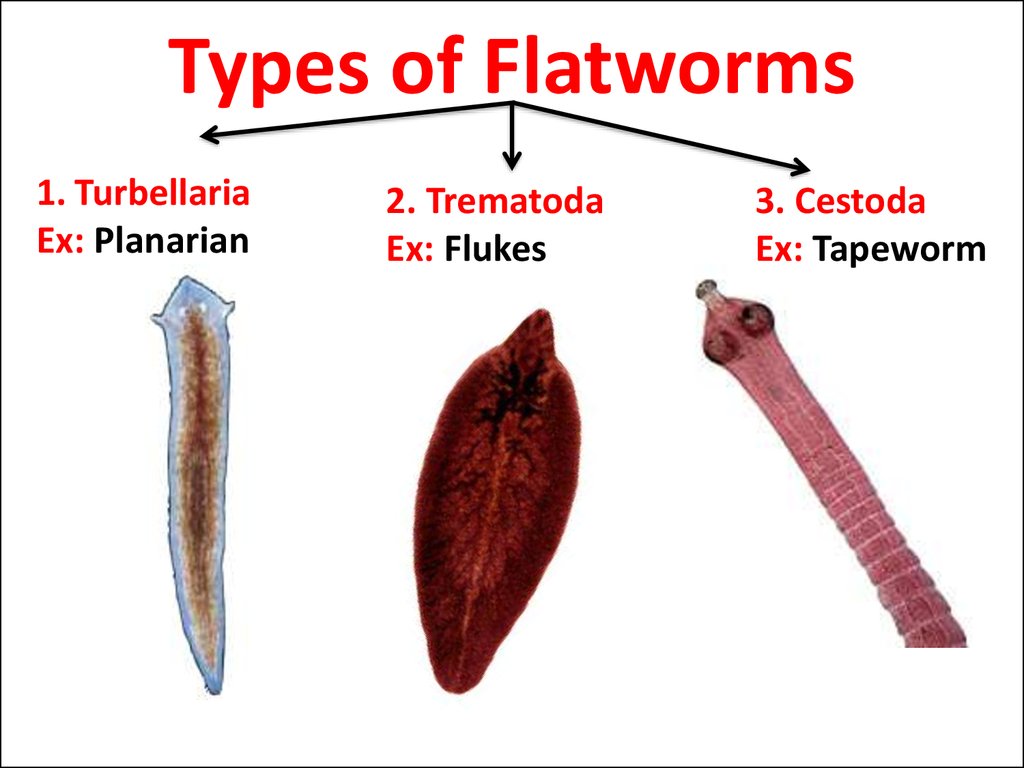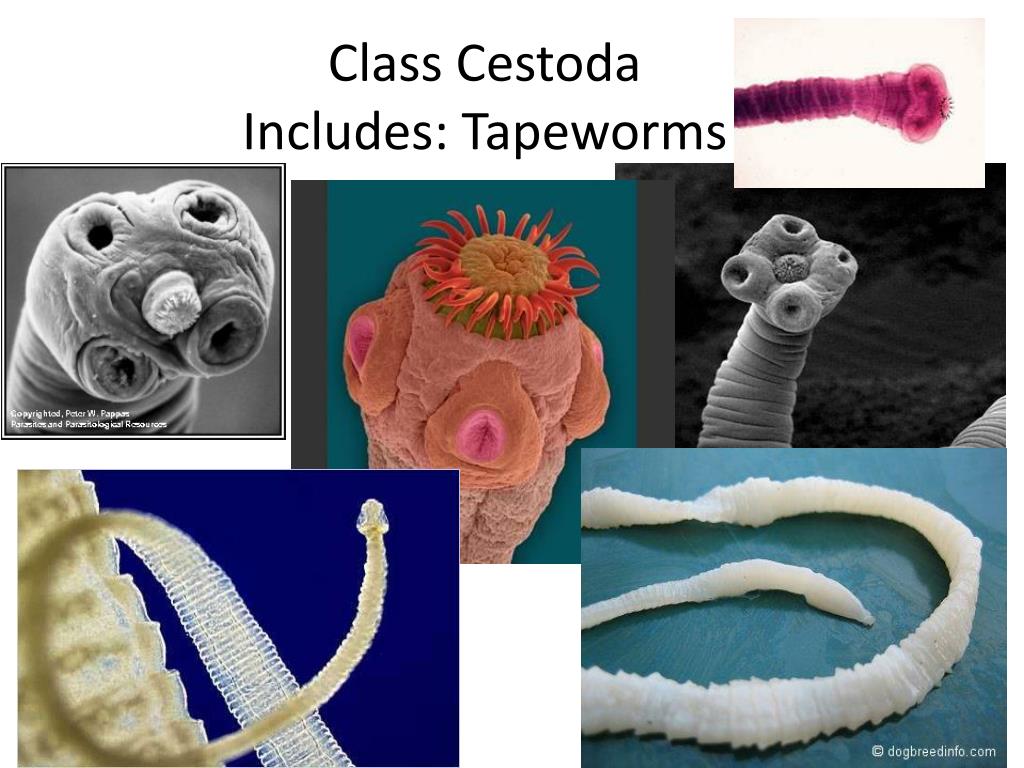

Eyespots – Accessory organs used to detect intensity of lightįigure 4: Planaria: a free-living flatworm 3.First animals to evolve a nervous system.

Accessory organs for hearing, seeing, taste developed in this area. Cephalization – Development and concentration of nerve tissue at one end of the body. Looking back: Tissue development continues (Porifera – no layers, cnidarians – 2 layers filled with jelly-like mesoglea), flatworms – 3 layers) 2. Flatworms (like sponges/cnidarians) are acoelomates.Three tissue layers – Endoderm, Mesoderm (muscle, organs), and ectoderm. First animals with bilateral symmetry and cephalization (sense organs to the “front” – development of brain)įigure 2: Flatworm diversity A: Evolution of Body Plan 1.

If you would like me to check on any of your answers/diagrams, please let me know! Feel free to use other materials/videos to explore these phylum and help clarify if you need. You will gather notes through answering questions which gives you examples of questions I could ask on the simple invertebrates test while adapting my notes to fully address the question. Rather than me going through the notes and boring you, today you will be using this website to go over the notes, videos, and pictures at your own speed.


 0 kommentar(er)
0 kommentar(er)
